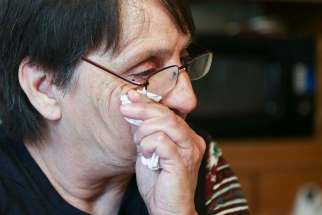Brodsky, for the defence Winnipeg lawyer has represented more than 1,000 accused killers, and has helped change some of Canada's criminal laws
Read this article for free:
or
Already have an account? Log in here »
To continue reading, please subscribe:
Monthly Digital Subscription
$0 for the first 4 weeks*
- Enjoy unlimited reading on winnipegfreepress.com
- Read the E-Edition, our digital replica newspaper
- Access News Break, our award-winning app
- Play interactive puzzles
*No charge for 4 weeks then price increases to the regular rate of $19.00 plus GST every four weeks. Offer available to new and qualified returning subscribers only. Cancel any time.
Monthly Digital Subscription
$4.75/week*
- Enjoy unlimited reading on winnipegfreepress.com
- Read the E-Edition, our digital replica newspaper
- Access News Break, our award-winning app
- Play interactive puzzles
*Billed as $19 plus GST every four weeks. Cancel any time.
To continue reading, please subscribe:
Add Free Press access to your Brandon Sun subscription for only an additional
$1 for the first 4 weeks*
*Your next subscription payment will increase by $1.00 and you will be charged $16.99 plus GST for four weeks. After four weeks, your payment will increase to $23.99 plus GST every four weeks.
Read unlimited articles for free today:
or
Already have an account? Log in here »
Hey there, time traveller!
This article was published 25/05/2018 (2754 days ago), so information in it may no longer be current.
When someone in Manitoba is accused of murder, more times than not it is Greg Brodsky’s phone that rings. And it has been ringing constantly for more than five decades.
Brodsky, now in his 55th year as a lawyer, recently reached a milestone few, if any, others will; he has now represented 1,000 clients in murder and manslaughter cases.
Toronto lawyer Clayton Ruby, a legal titan himself, calls Brodsky “a hero to us all.”

“A completely tenacious advocate, who knows his duty to his client and to the public,” Ruby says. “Perhaps at his best in the Supreme Court of Canada, where I’ve appeared with him.
“He works and prepares far in advance so that no question from the court catches him by surprise. One of our greatest advocates.”
Brodsky has represented a significant number of Manitobans in cases that garnered headlines across the country. Names such as Angelique Lyn Lavallee, Thomas Sophonow, Darren Morrissette, Robert Starr, and James Driskell.
But it isn’t really the sheer number of cases Brodsky has amassed during his career that will be his true legacy. It’s the scope and breadth of what he has been able to accomplish in those cases and how he has changed several criminal laws in this country and what judges have said during their instructions to juries.
His fingerprints are all over sections of the Criminal Code of Canada.
But Brodsky is dismissive about what his numerical achievement means.
“It is really an attendance record,” he says. “It doesn’t mean I’ve done a good job… on the other hand, when I fight hard and find a defence where others can’t, we’ve created jurisprudence we didn’t have before.”
● ● ●
Brodsky was just 22 in 1963 when he was called to the bar.
I would say at Walsh Micay, ‘I’ll do whatever case you think you can’t win.’ I had to figure out a defence. Sometimes it was hard and other times it was harder.
Instead of keeping track of how many homicide cases he has handled, he could just as easily have been logging how many lawsuits he had filed and how many people he successfully sued.
“I didn’t know I wanted to go into law, period,” he says. “I applied to go in business and commercial law. But they said I’d be bored.”
Brodsky ended up practising at Walsh Micay, a firm known for specializing in criminal matters. But criminal law is not where he started.
“I was in the civil department and another lawyer was in the criminal department,” he said. “They switched me to criminal. They didn’t even ask me. They just did it.
“And that’s been my life.”
● ● ●
One of Brodsky’s most significant legal contributions involved the so-called “burning bed,” or battered woman, defence.
“I knew I had to educate the courts,” he says.
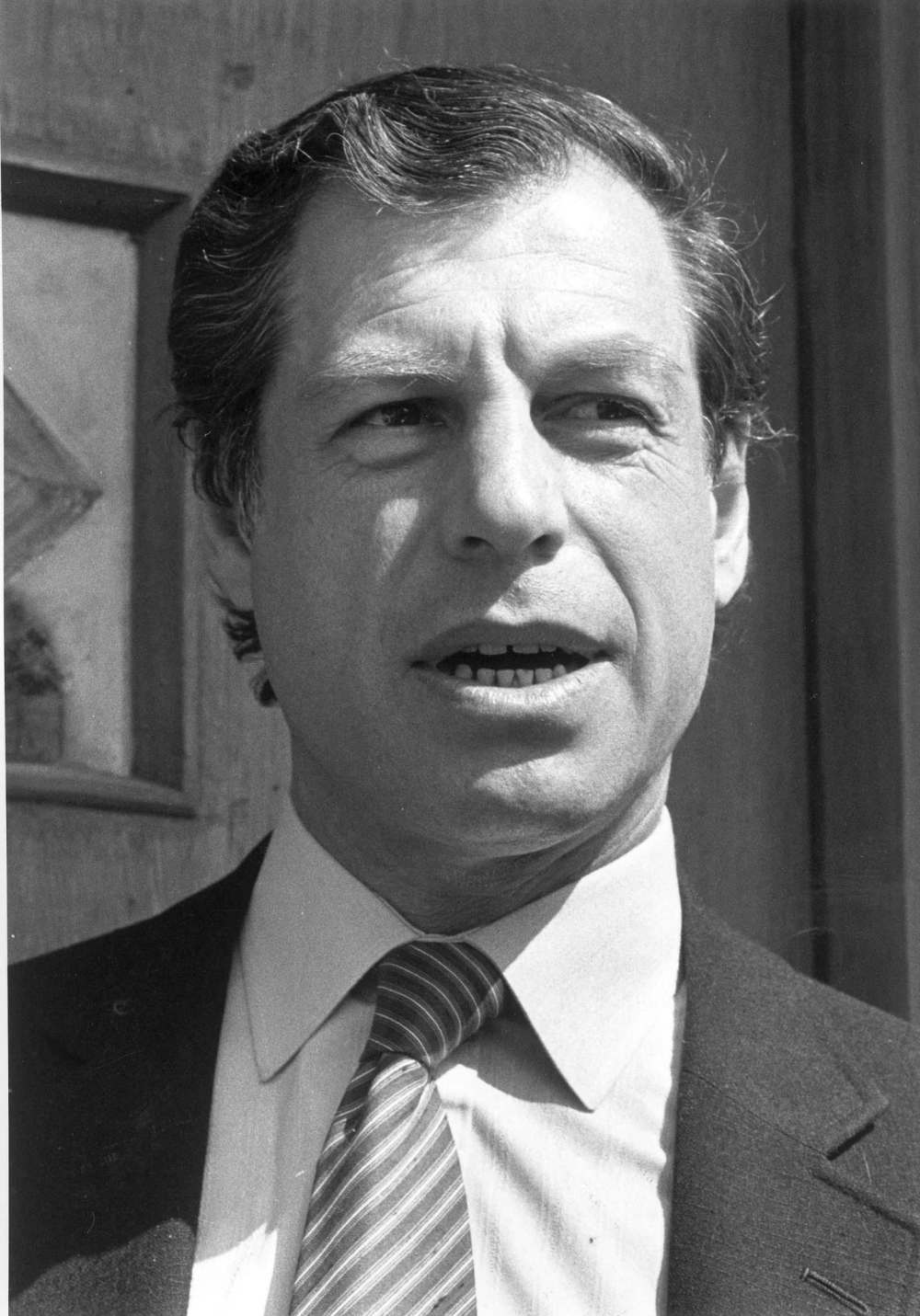
He became the first Canadian lawyer to successfully use the defence of Battered Woman Syndrome when he represented Victoria Savoyard, a Métis woman who stabbed her common-law husband. She was acquitted in May 1986, when a jury in Kenora accepted Brodsky’s evidence.
But it wasn’t until a 1992 Supreme Court ruling involving Angelique Lyn Lavallee that the legal landscape involving Battered Woman Syndrome was changed.
Lavallee fatally shot her common-law partner, Kevin Rust, in the back of the head in 1986, as he left the room following an argument. During the trial, court was told she had suffered frequent abuse from Rust.
But the contentious part of the trial was the judge allowing a psychiatrist to testify that Lavallee would have believed she was trapped in the relationship and the shooting was “a final desperate act by a woman who sincerely believed that she would be killed that night.”
“The trick with Angelique Lavallee,” Brodsky says, “was to get her to make a statement to the police.
“Tell the story. She said when her significant other was going out he said, ‘I’ll get you later.’ (Psychiatrist Fred Shane) and other experts testified what that meant to her.
“I got in that medical evidence and I went to the Supreme Court. Could the doctor testify? They said the doctor could. We ended up with Battered Wife Syndrome in Canada. And, after that case, I was able to use that defence more.”
Another landmark case involved Robert Chaulk, 15, and Darren Morrissette, 16. They were both convicted of killing 88-year-old George Haywood inside a home they broke into in September 1985.

The case is still seen as the leading decision on mental disorder — insanity — defence.
According to the majority Supreme Court decision, a trial judge must instruct a jury that if the accused has a mental disorder it means they cannot understand or appreciate society’s moral condemnation of the conduct.
The Supreme Court ordered that Chaulk and Morrissette should get a new trial and it was there they were found not guilty by reason of insanity.
“That changed the law of insanity,” Brodsky says, noting people were being convicted before if they knew what they were doing was wrong. Now lawyers are allowed to argue the person’s mental illness makes them not able to appreciate their conduct will be condemned by society.
“The change was, if you think your neighbours would approve of what you did, then you’re not criminally responsible. That was a big jump. Everybody that uses insanity as a defence has the benefit of that.”
Brodsky also represented Robert Starr, who was granted a new trial by the Supreme Court in 2000, after it ruled some judges weren’t instructing juries correctly about what “reasonable doubt” means when determining guilt or innocence.
Starr was originally convicted of first-degree murder in 1994 for the execution-style killings Bernard Cook, the vice-president of the Manitoba Warriors gang, and his girlfriend Darlene Weselowski.
The Supreme Court said judges have to tell juries they can find an accused person guilty beyond a reasonable doubt only if they are almost certain the accused committed the offence.
The court said jurors could have concluded that they could find Starr guilty “on a balance of probabilities.”
It said the judge at the Starr trial “told the jury that they could convict on the basis of something less than absolute certainty of guilt, but did not explain, in essence, how much less…. The reasonable likelihood that the jury applied the wrong standard of proof raises a realistic possibility that the accused’s convictions constitute a miscarriage of justice.”
At the time, Brodsky was quoted as saying “the Supreme Court is nervous that people are being convicted who ought not to be. We have to be sure we are convicting the guilty.”
● ● ●
Daniel Vernon Williams was Brodsky’s client in case No. 1,000.
Williams was recently convicted of manslaughter in the death of his 21-month-old daughter, Kierra Elektra Star Williams. She died July 17, 2014, of internal bleeding from an abdominal injury inflicted by her mother. Williams was convicted because he was aware of the injuries, but did not help the child.
Brodsky had several other active murder and manslaughter cases at the same time.
“I’ve figured out I’ve had seven others I’ve been working on since then at the same time,” he says.
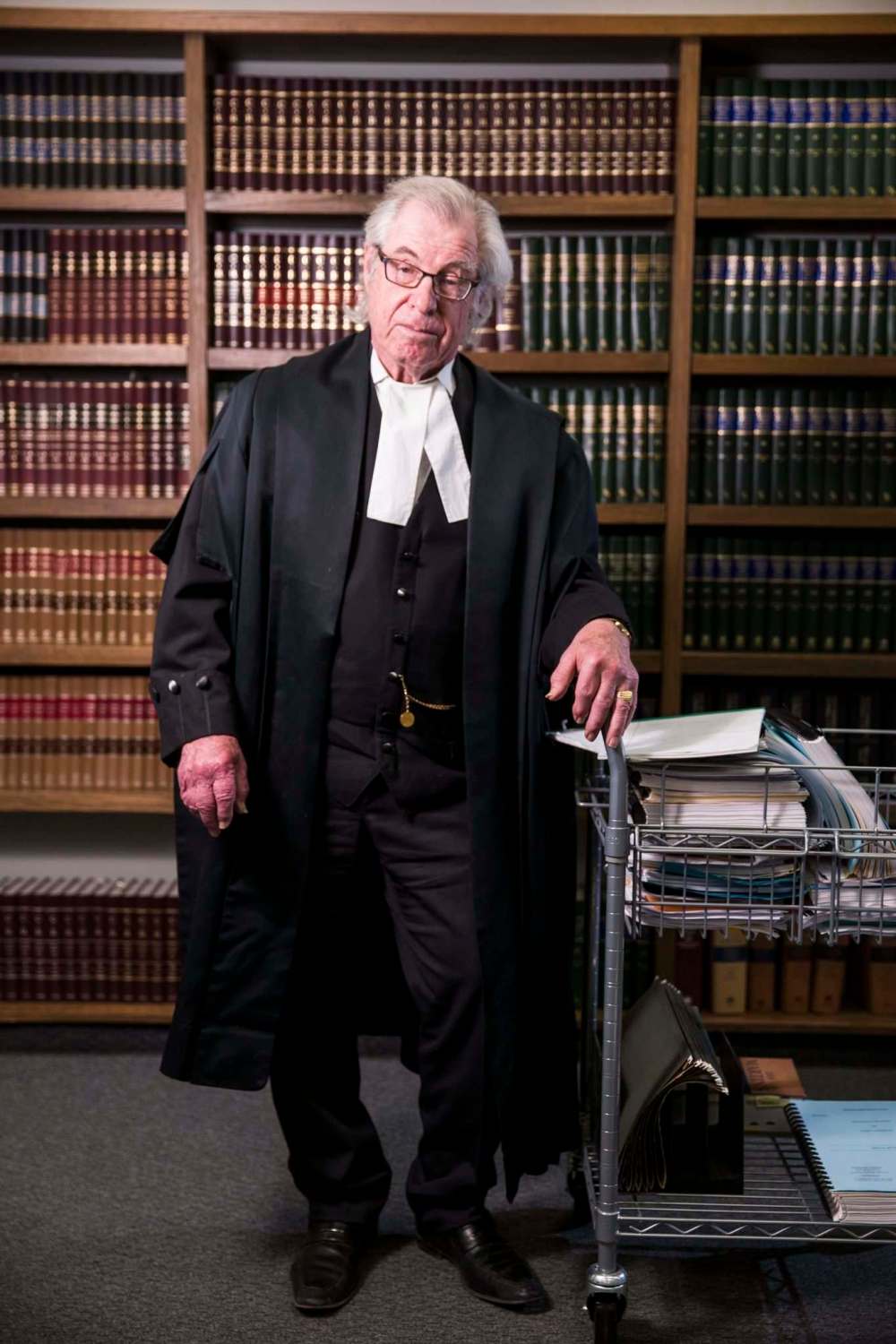
“I didn’t mark them down because they have a conviction, but not a sentence yet. And right now I have 14 on the go, plus the seven.”
● ● ●
Brodsky represented Thomas Sophonow at the first two of his three murder trials. Sophonow was accused of killing doughnut shop server Barbara Stoppel in 1981. The Supreme Court finally ruled Sophonow didn’t have to go through a fourth murder trial and he was acquitted.
Winnipeg police and the provincial government later apologized to Sophonow, saying he didn’t commit the murder, and a judicial inquiry concluded investigating officers had tunnel vision and the Crown had failed to disclose information to his defence attorneys. Sophonow was later paid $2.3 million in compensation.
James Driskell is another of his clients who was convicted of murder in 1991, but later found to be wrongfully convicted. Brodsky later told an inquiry into Driskell’s conviction that he believes RCMP labs are biased in favour of police. Driskell was awarded more than $4 million in compensation.
Brodsky represented Vaughan Pollen, the Sturgeon Creek High School student who shot and killed 16-year-old student Ken Maitland in a shops classroom on Oct. 19, 1978. Court was told that the student had taunted Pollen about his being a fan of the rock band Kiss for weeks before the shooting. Pollen was later found not guilty by reason of insanity.
“I said, ‘Why not ask him how long is death,” Brodsky says. “It’s a simple question. My guy thought you could do a do-over. He didn’t know when you’re dead, it’s forever.
“You have to get involved with your clients and their thinking. That’s when you find out what’s not plain to the average person.”

Lawyers generally have to research case law before making a sentencing submission or countering the Crown’s after their clients have been convicted. Brodsky often makes reference to outcomes he’s been involved in.
“If there is a precedent in a case, it is a precedent I worked on,” he says.
When he began, he told colleagues he’d take on any and all homicide cases.
“I would say at Walsh Micay, ‘I’ll do whatever case you think you can’t win,’” he says. “I had to figure out a defence. Sometimes it was hard and other times it was harder.”
Back then, Brodsky and other defence lawyers were acutely aware of the risks if they weren’t able to get their clients acquitted or were unsuccessful in attempts to have sentences reduced. The death penalty was still on the books; the last executions in Canada were carried out in 1962, but the federal government didn’t abolish it until 1976.
Dwayne Johnston, one of the four men charged in the 1971 slaying of Helen Betty Osborne near The Pas, and the only one convicted, in 1987, was Brodsky’s final client who could, theoretically, have been sentenced to die. But, because so many years had passed between the crime and the time the men were charged, that sentence was not a possibility.
Brodsky admits there are times he still has to think about the death penalty even today.
“I still do in a sense because of extradition cases. I have to check to see if these (American) states have death penalties,” he says.
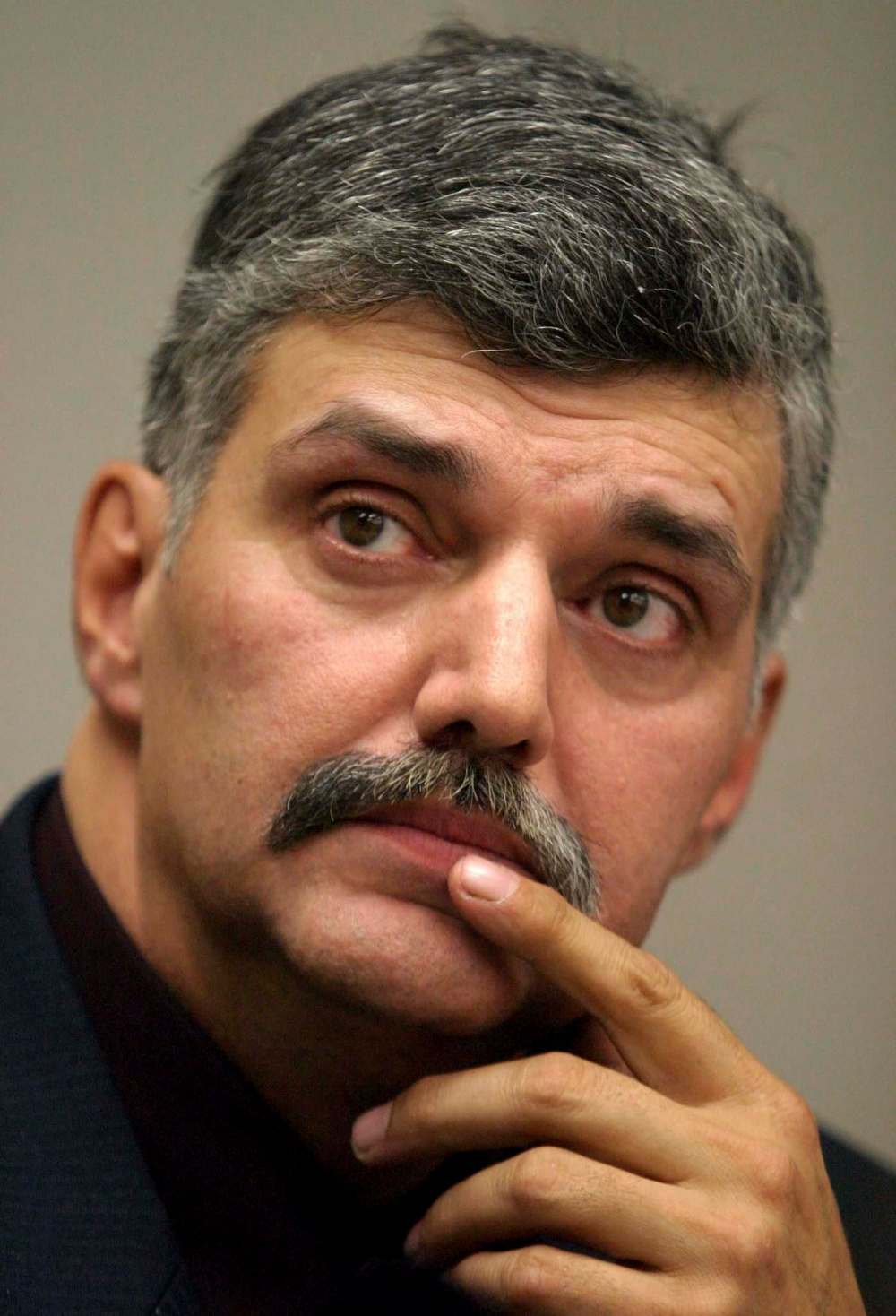
While Brodsky is best known for his homicide cases, he represents clients in other criminal matters where victims are alive and able to testify.
Such was the case when he acted for a soccer player acquitted of assaulting a goalie after a judge ruled the kicking and stomping of the goalie’s head during a July 2009 game — while “contrary to the rules of soccer, it was not beyond soccer’s playing culture, let alone gravely so, which is required for sporting misconduct to be a crime.”
“It is part of the game,” Brodsky says matter-of-factly. “You are consenting it; that’s why you have penalties.”
He represented pro-choice advocate Dr. Henry Morgentaler who, ultimately, helped convince the government to legalize abortions in Canada. Morgentaler hired Brodsky when he opened the doors to his then-illegal clinic in Winnipeg in 1983.
“His group said, ‘You should get somebody who supports the cause,’ and he said, ‘I don’t want to be convicted — that’s why I got Brodsky.’”
Brodsky credits his wife Sylvia for helping him through law school. They have two sons; Dan is a prominent criminal lawyer in Toronto, and Aaron is a psychologist based in Washington, D.C.
Over the years, Brodsky has served in various roles for several bodies connected to the legal profession, both locally and nationally; the first president of what’s now called the Manitoba Criminal Defence Lawyers’ Association from 1976 to 1983; chairman of the Canadian Bar Association’s justice and criminal justice sections; chairman of the Law Society of Manitoba’s discipline committee from 1979 to 1981; and its ethics committee in 1984-85.
Brodsky was also honoured by the province decades ago when he was appointed a Queen’s Counsel, which gives him the right to wear silk robes instead of the standard variety lawyers wear when they appear in superior courts such as Court of Queen’s Bench and the Supreme Court.

Away from the law, Brodsky was a president of Skills Unlimited and the Shaarey Zedek Synagogue, and a director of the Sair Centre of Learning.
Even after 55 years in the trenches, he’s not resting on his laurels.
Brodsky, who is representing one of the two women convicted of killing 19-year-old Serena McKay on Sagkeeng First Nation last year, argued successfully a few weeks ago against the court considering victim impact statements from people with no direct connection to the slain teen. In addition to statements from family and friends, the Crown submitted statements from McKay’s family and friends, along with those of eight people living as far away as New York and Texas who had seen a video showing the deadly assault.
The courts “cannot just create eligible writers of victim impact statements by seeing a video,” Brodsky says.
He represents Andrea Giesbrecht, the woman convicted of concealing the remains of six dead infants in a storage locker. She was sentenced to 8 1/2 years in prison. Last month, he was unsuccessful in an attempt to have her released on bail while awaiting her appeal hearing.
As well, Brodsky is representing a former Kelvin High School student who was three months away from his 18th birthday when he fatally stabbed another teen on the school’s grounds. He has argued against sentencing the man, now 20, as an adult. A judge will render a decision next month.
“When people come to me, it is hard to reason…. They think if they hire me I can get them off. I have to tell them I don’t have magic powder in my pocket,” he says. “If they had a real defence anyone could see then they could get any lawyer.
“Sometimes it’s what Harry Walsh taught me: people come to me because of the quality of the fight and not the verdict.”
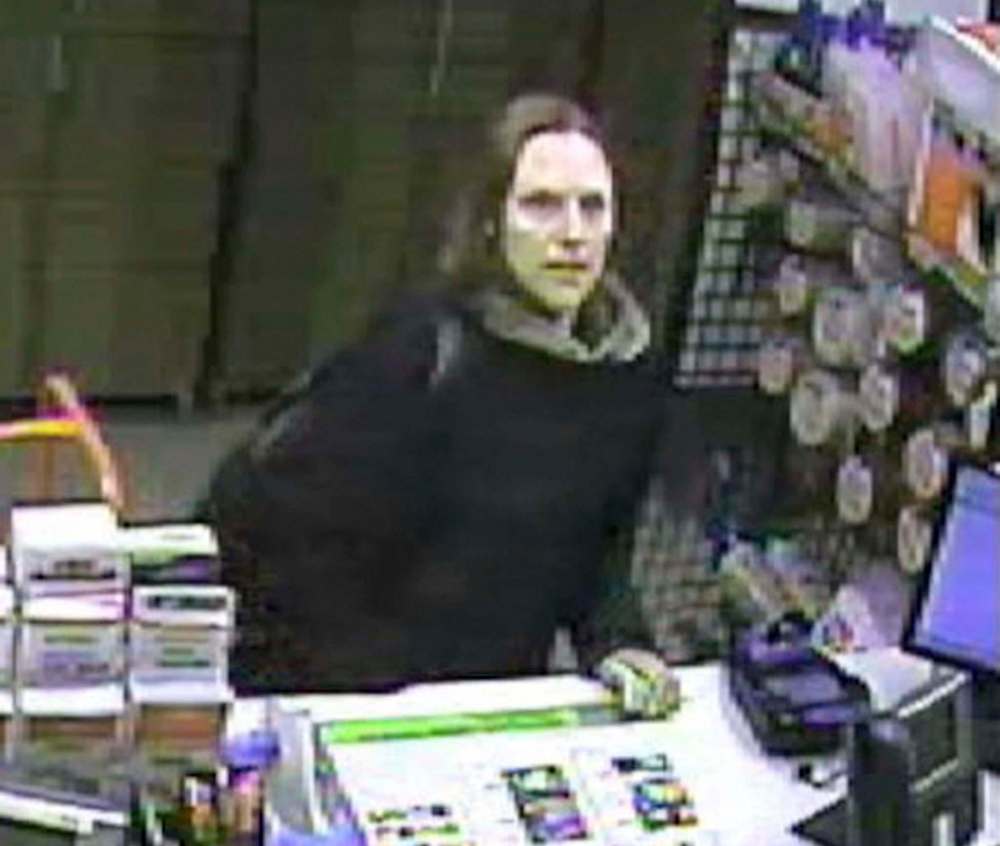
James Lockyer, a founding director of the Association in Defence of the Wrongly Convicted, now known as Innocence Canada, said Brodsky “has quite a legacy, to say the least.”
“I know he has done the most of them (homicide trials) in Manitoba, but also the rest of the country. There’s no one else in Canada who can match him,” Lockyer says.
“Greg is just known as an icon for defence counsel — and he is still doing it. Greg has had an extraordinary career and he’s still going strong.
“May he live forever.”
Jody Ostapiw, current president of the Manitoba Criminal Defence Lawyers’ Association, said the number of homicide clients Brodsky has represented is “unbelievable.”
“His contributions to criminal law in this province, and this country, cannot be overstated,” Ostapiw says.
“As a lawyer called (to the bar) in 2004, when I look up case law I see his name over and over… he has probably forgotten more law than I know.”
Ostapiw says she and others also appreciate how helpful he is to young lawyers when they are starting out.
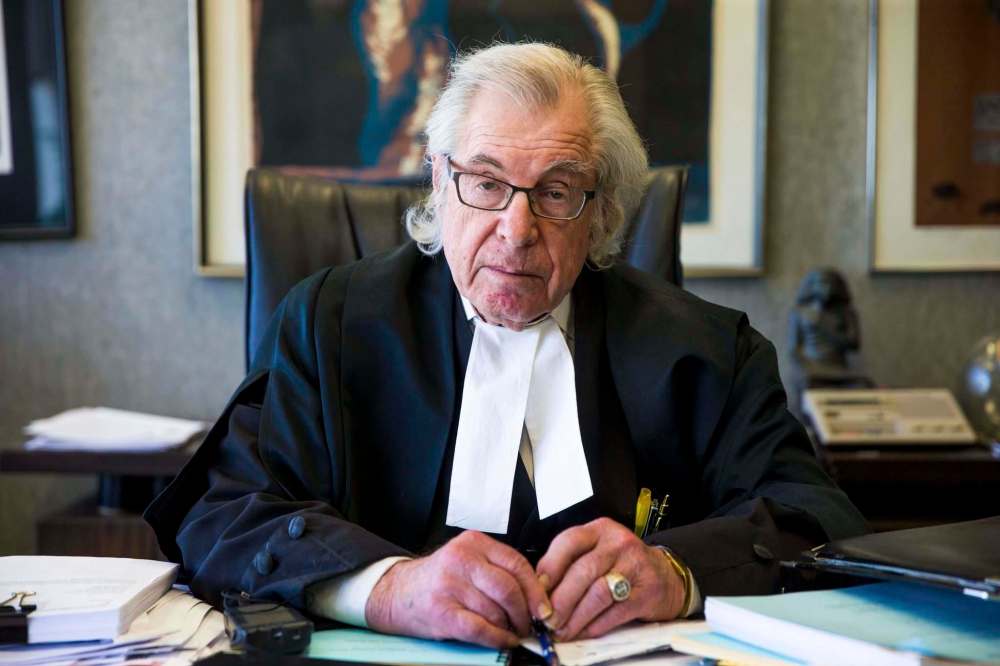
“He is just an all-round great guy. He has truly helped change the law. Not everyone can say they helped develop the law and the legal community.”
Most lawyers Brodsky’s age would be talking about retirement if they hadn’t already hung up their robes.
Brodsky points to Walsh, his mentor, who was still Canada’s oldest working lawyer when he died at 97 in 2011.
“I’m doing what I love doing,” he says, chuckling. “And people are paying me.”
kevin.rollason@freepress.mb.ca
Brodsky’s high-profile cases
● Angelique Lyn Lavallee — The Canadian precedent for the battered woman defence would be a career-defining case for any other lawyer, but it was just one of several Brodsky has been involved in that resulted in changes to the law. Lavallee shot her common-law husband, Kevin Rust, in 1986, to escape years of abuse.
● Darren Morrissette — He, along with Robert Chaulk, were convicted in the 1985 slaying of 88-year-old George Haywood. The pair believed they were superhumans destined to rule the world and they killed Haywood as proof of their power. The case is cited as the leading decision on mental disorder defence.
● Robert Starr — He was convicted of first-degree murder in the execution-style slayings of Darlene Weselowski and Bernard Cook in 1994. But a new trial was ordered by the Supreme Court — and new instructions were given to trial judges to tell juries — when it was determined the trial judge gave the wrong standard of proof for what “reasonable doubt” means.
● Thomas Sophonow — Brodsky defended him during his first two trials against a charge of killing doughnut shop server Barbara Stoppel just before Christmas in 1981. It was later determined Sophonow was wrongly convicted and he received $2.3 million in compensation from the province.
● James Driskell — He was wrongfully convicted for the slaying of Perry Harder in 1991. DNA tests later discredited hair samples used at the trial and years later it was learned the Crown hadn’t disclosed it paid thousands of dollars to two key witnesses who testified against Driskell. He was later awarded more than $4 million in compensation.
● Frank Ostrowski — He has been fighting to clear his name since his 1987 conviction for the drug-related slaying of Robert Nieman in 1986. The former hairstylist and cocaine dealer spent 23 years in prison before being granted bail in 2009 after new information surfaced about a secret deal made with a key Crown witness. The federal government sent the case to the Manitoba Court of Appeal for review in 2014, saying there was a reasonable likelihood of a wrongful conviction. The court has yet to deliver a decision.
● Jerry Stolar — Brodsky represented the former Winnipeg police officer who, with his patrol partner Barry Nielsen, were convicted of killing Nielsen’s brother-in-law Paul Clear, and was later successful in getting the Appeal Court to ask for a new trial. Another lawyer took over the case and Stolar was convicted when a new witness came forward.
● Edwin Dennis Proctor — Possibly Brodsky’s longest-term client. He was charged with the strangling death of Catherine Cluney in 1979, but he wasn’t convicted until 1995. A judge ruled he was not fit to stand trial in 1980, and he was committed to the Selkirk Mental Health Centre. In 1994, a jury determined he could be tried.
● Edward Andronovich — He was charged with killing his wife behind the Grant Park High School in 1990, but forensic evidence later proved he couldn’t have committed the crime. Another man was eventually convicted of the slaying.
● Vaughan Pollen — The Sturgeon Creek High School student shot and killed 16-year-old Ken Maitland in a school classroom in 1978. Pollen, who was later found not guilty of the slaying by reason of insanity, pulled the trigger after weeks of taunting about being a fan of the rock band Kiss.

Kevin Rollason is one of the more versatile reporters at the Winnipeg Free Press. Whether it is covering city hall, the law courts, or general reporting, Rollason can be counted on to not only answer the 5 Ws — Who, What, When, Where and Why — but to do it in an interesting and accessible way for readers.
Our newsroom depends on a growing audience of readers to power our journalism. If you are not a paid reader, please consider becoming a subscriber.
Our newsroom depends on its audience of readers to power our journalism. Thank you for your support.


